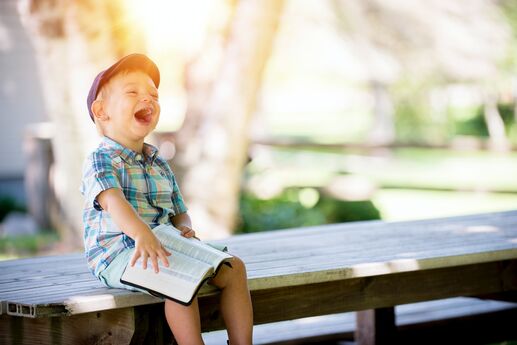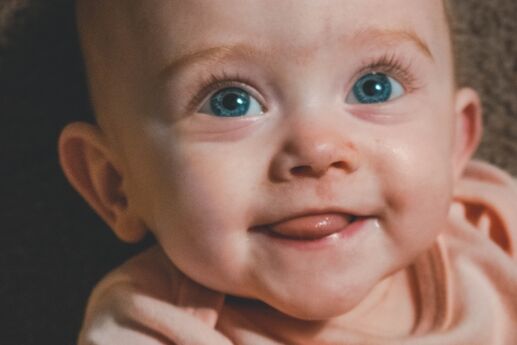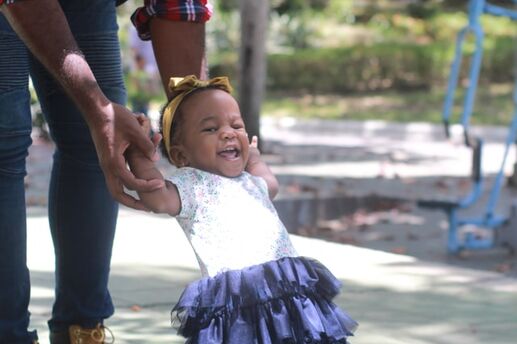Baby Stuff That Kept One Mom and Toddler Busy
I am that mother who wants to expose her child to every activity, so that she can find inspiration from something creative, active, or educational. I have to admit -- I was in danger of over-scheduling my two-year-old, so I took a step back and just observed my daughter’s contentment with being at home among her favorite baby things.
Here’s a look at what that included:
1. Books! As an English teacher, I was constantly reading to my daughter. Some of the books I read to her early on are still her favorites, but we are adding new ones all the time. Some are timeless, and some are modern, but all are well-loved and worn. She especially likes sensory books, where each page has an illustration with a different feel to it -- soft, feathery, rough, or bumpy. We have had to repair many of these books, as they are just the most irresistible baby items to little hands!
2. When those curious fingers are getting the better of her, i we bring out the crayons and paper. The creativity, concentration, and independence that are fostered through these simple (and cheap) baby items are unbelievable! She loves sorting the colors and lining up the crayons, or just seeing how many she can carry from one room to the next. It really helps further baby development.
3. Preferring quiet activities and nurturing her sensitive side, my daughter loves caring for her baby dolls. She puts them to sleep, cradles them, and pushes them in her doll stroller. We have spent hours feeding and burping her baby dolls, and occasionally comforting one that, for some reason, is sad.
4. Similarly, my daughter has recently discovered another favorite baby item: her “lovey,” a stuffed beagle. She sleeps with it and carries it around the house until we leave for the day. Doggie reads books with her at night and sits patiently to wait for her while she takes a bath. On particularly rough days, doggie rides with us while we run errands, but he always waits in the car, because we wouldn’t want to lose him!
We are an active family and still participate in many activities, like toddler gym and music classes, but the most precious time is spent at home watching in awe as my two-year-old explores her environment and makes connections to the world around her using the best baby items that we can provide for her.







